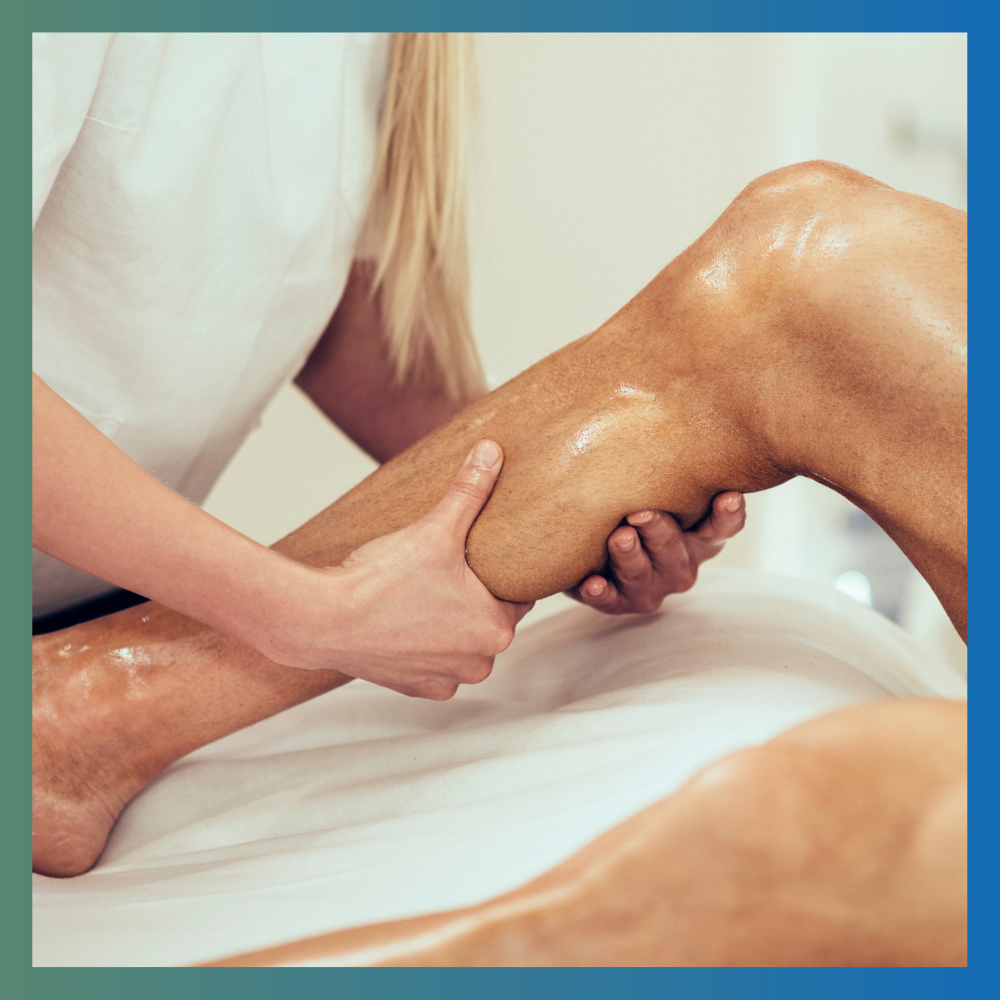Characterizing a Common Class of Spontaneous Movements
Abstract
Our aim is to describe a possible class of nonpathological spontaneous movements that has so far received little attention in the scientific literature. These movements arise spontaneously without an underlying pathology such as Huntington’s, Parkinson’s, cerebral palsy or spinal cord injury. The movements arise in many different contexts including therapeutic, social, religious, and solitary settings. Anecdotal evidence suggests that the movements are related to development and maintenance of form, being part of inherited autoregulatory behaviors and hence bringing an overlooked therapeutic potential. We describe contexts in which they occur, illustrate with case reports, and characterize the movements in terms of their various triggers, movement phenotypes, and conscious and subconscious influences that can occur at both the individual level as well as during collaborative movement relationships between patient and therapist. This description is intended to create a more widespread awareness of the movements, and provide a foundation for future research as to their healing potential.
Downloads the last 12 months

License
Copyright (c) 2022 Author(s)

This work is licensed under a Creative Commons Attribution-NonCommercial-NoDerivatives 3.0 Unported License.





.png)





